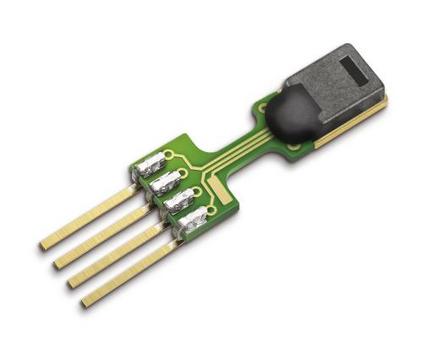Tactile sensors are promising tools for endowing robots with embodied intelligence and increased dexterity. These sensors can provide robotic systems with direct information about physical interactions with the world, which is difficult to obtain from extrinsic perception systems. This work deals with a practical everyday living problem: stable object placement on flat surfaces starting from unknown initial poses. Common approaches for object placing either require complete scene specifications or indirect sensor measurements, such as cameras which are prone to suffer from occlusions. Instead, this work proposes a novel approach for stable object placing that combines tactile feedback and proprioceptive sensing. We devise a neural architecture that estimates a rotation matrix which results in a corrective gripper movement that aligns the object with the table and paves the way for the subsequent stable object placement. We compare models with different sensing modalities, such as force-torque and an external motion capture system, in real-world object placement tasks with different objects. Our experimental evaluation of the placing policies with a set of unknown everyday objects reveals an impressive generalization of the tactile-based pipeline and suggests that tactile sensing plays a vital role in the intrinsic understanding of dexterous object manipulation. Videos of our approach are available at https://sites.google.com/view/placing-by-touching.
翻译:触摸感应器是使机器人具备内含智能和增加异质性的工具。 这些感应器可以向机器人系统提供关于与世界进行物理互动的直接信息,而这种信息很难从外部感知系统获得。 这项工作涉及一个实际日常生活问题: 平面上稳定物体的定位,从最初的未知表面开始; 物体放置的共同方法需要完整的场景规格或间接感应测量, 如照相机, 容易受到隐蔽作用的影响。 相反, 这项工作提出了一种新颖的方法, 用于稳定物体放置, 将触觉反馈和自动感知感测结合起来。 我们设计了一个神经结构, 估计一个旋转矩阵, 其结果就是使物体与表相匹配, 为随后的稳定物体放置铺路。 我们比较模型与不同的感测模式, 如力托克和外部运动捕捉系统, 在现实世界物体安置任务中, 我们用一套未知的日常物体对定位政策的实验性评价, 揭示了触摸物体管道的令人印象深刻的一般化, 并且建议触摸感应使感应感应感应感测到一个关键作用的矩阵, 在视频/ 感官上可操作中, 。





